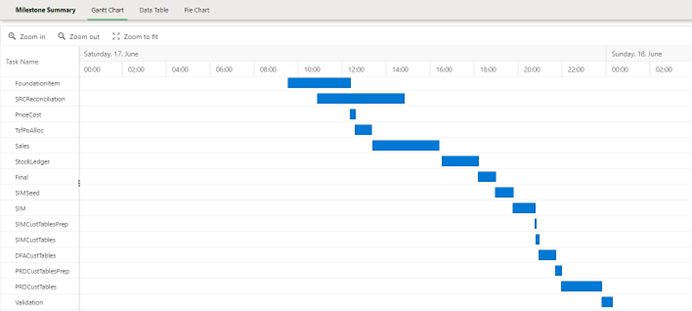Rapid results, low-risk data migration for complex ERPs — with rapid programme recovery
Oracle Retail™ & Dynamics 365™ specialists. We stabilise data quality, reconcile end-to-end, and deliver provable, audit-ready cutovers—fast.

elf Velocity™ Method
Data Migration, Redefined.
Prototype. Automate. Validate. Reconcile. Cut Over.
Core Principles
Evidence First
Prove design with real data early.
Model-Driven
Code printed directly from one live schema.
Quality Gated
Every phase measurable, auditable.
Repeatable
Run again and again with confidence.
Low Risk
Dress rehearsals before go-live ensure predictability.
"From chaos to control — every load, every time."
Real-time visibility into every data point
Our dashboards give you complete transparency throughout the migration process
Error Distribution Analysis
Quality checks across all data sources

Detailed Error Tracking
Drill down into every data anomaly


3-Day initial prototype, 2 weeks end-to-end automation. 100% reconciliation coverage. Zero instability.
A specialty retailer needed to upgrade their Oracle Retail platform without disrupting operations. We delivered a complete migration with full audit trails and zero post-cutover issues.
Read the full case study